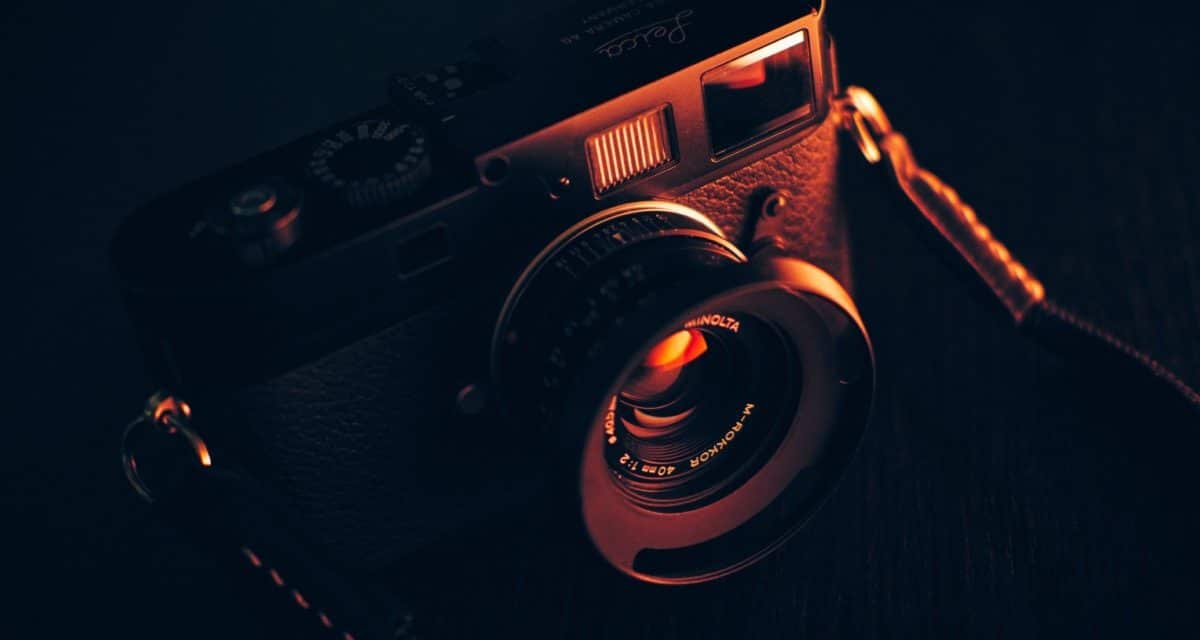[ad_1]
The average home photographer owns a point and shoot digital camera. These devices are capable of capturing great images and many even allow users to select an appropriate scene mode to make automatic exposure and shutter speed adjustments without the hassle of true manual controls. In some shooting situations however, adjusting the camera settings, automatic or otherwise, may not be all that is needed for a great shot.
In many instances a steady camera is necessary, especially when shutter speed is adjusted or minor movements can be accentuated. Simply put, a camera tripod becomes more of a necessity in special situations which the average user may encounter.
1. Night time Shots
When shooting at dusk or at night, available natural lighting is obviously reduced. A flash is extremely limited in its range and is generally not a good tool to use in such situations. To get more light into the lens, the camera will adjust exposure and perhaps shutter speed when set to the Night setting. With a slower shutter speed comes the risk of introducing more camera shake which results in unwanted blurring. Using a tripod during shots taken with a camera set on the Night setting reduces the inadvertent camera movement and improves picture quality.
2. Close up Shots
For those who wish to photograph objects, insects, or other items within just a few feet, the risk of blurring is also increased. Minor movements that might otherwise be imperceptible become much more evident in the resulting image. Again, using a tripod can help to reduce unwanted movement of the camera although care must also be taken to assure the subject and items in the background remain stationary as much as possible.
3. Self Portraits
Many point and shoot digital cameras allow the user to set the timer in order to allow them to include themselves in shots. This is a great feature but certainly getting a level and steady surface for the camera to rest on is critical for good quality image. Again, use of a tripod is the best bet. Aside from stability and a level surface, a tripod offers adjustable legs and a head that allows further movement to assure that framing is perfect for the shot.
4. Action Shots
Not all action shots require a tripod but if the user wishes to pan with the movement it certainly makes the task much easier. Panning without a tripod is certainly possible but requires some practice. Camcorders, even more than cameras, benefit from the use of a tripod in such instances.
5. Enlargements
Many shots may look good initially but when enlarged any imperfections can be accentuated. This is certainly true with any blurring. What is either imperceptible or minor in a 4×6 print may be a significant defect in an 8×10 enlargement.
Home photographers may have a great digital camera but a tripod is often a tool that turns mediocre pictures into the clear, outstanding images that draws the acclaim of friends and family.
[ad_2]
Source by Christine Peppler

